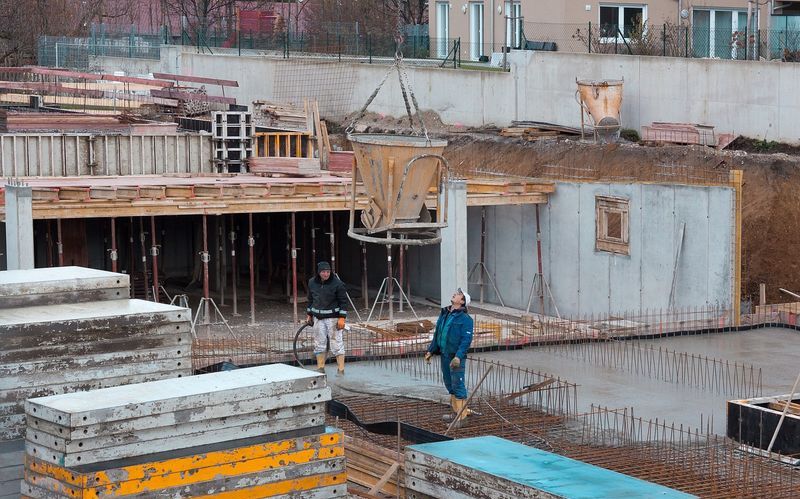
A foundation is the lowest load-bearing element of a building that transfers the total weight of the structure to the ground safely. Its primary objective is to transmit the dead, wind and live loads to the ground while maintaining the structure and efficiency of the building. However, the correct type of foundation for an extension is dependable on various factors.
Factors to consider when laying a foundation include:
1. The Type Of Soil
The kind of ground the foundation will sit on is an important consideration, mostly because different soils have dissimilar properties that affect foundations in different ways. The way each soil type reacts to variations in moisture content is a major consideration, as prolonged dry or rainy seasons can lead to the soil contracting or expanding. As a general rule, both peat and silk can hold water, so they aren't great options. On the other hand, both loam and rock are suitable because of their depth and stability.
2. Trees
When laying a foundation, the distance from any trees and the depth of their roots should be taken into account. Trees absorb moisture from the ground, and depending on the type of soil, this may weaken the foundation of the structure. For example, clay soils shrink more than other types, so excessive ground movement could cause damage to the building's structure and foundations. Furthermore, if a tree that's close to the extension falls, the ground around the foundation may weaken, resulting in cracks.
3. The Type Of Extension
The type of extension also affects the laying of the foundation. For example, a single storey extension usually requires strip foundations that are approximately 450mm wide and 200mm deep. A double storey extension, on the other hand, will need strip foundations that are around 600mm wide and 200mm deep.
4. Access To Diggers
The final consideration to take into account is ensuring your site is accessible for diggers and concrete lorries. Depending on the size of the extension and the layout of your plot, groundworks could be a big part of the build. If this is the case, digging the trench for the foundation will be difficult to complete manually. Therefore, before any work begins, make sure there's adequate access for any machinery - this includes road access and wide enough entry points. You'll also need to ensure there is stable ground for diggers and lorries to park, especially when the concrete is being poured.






